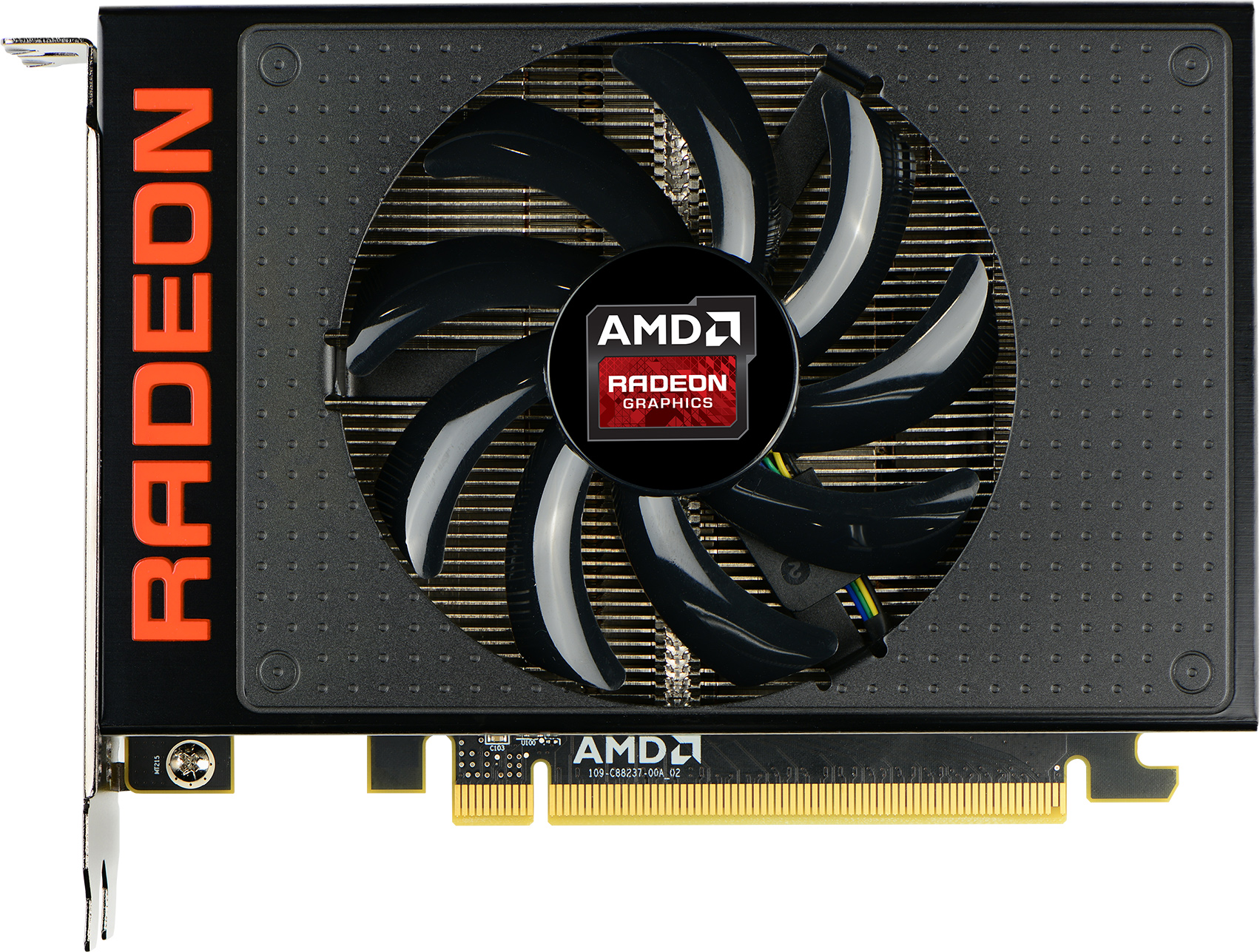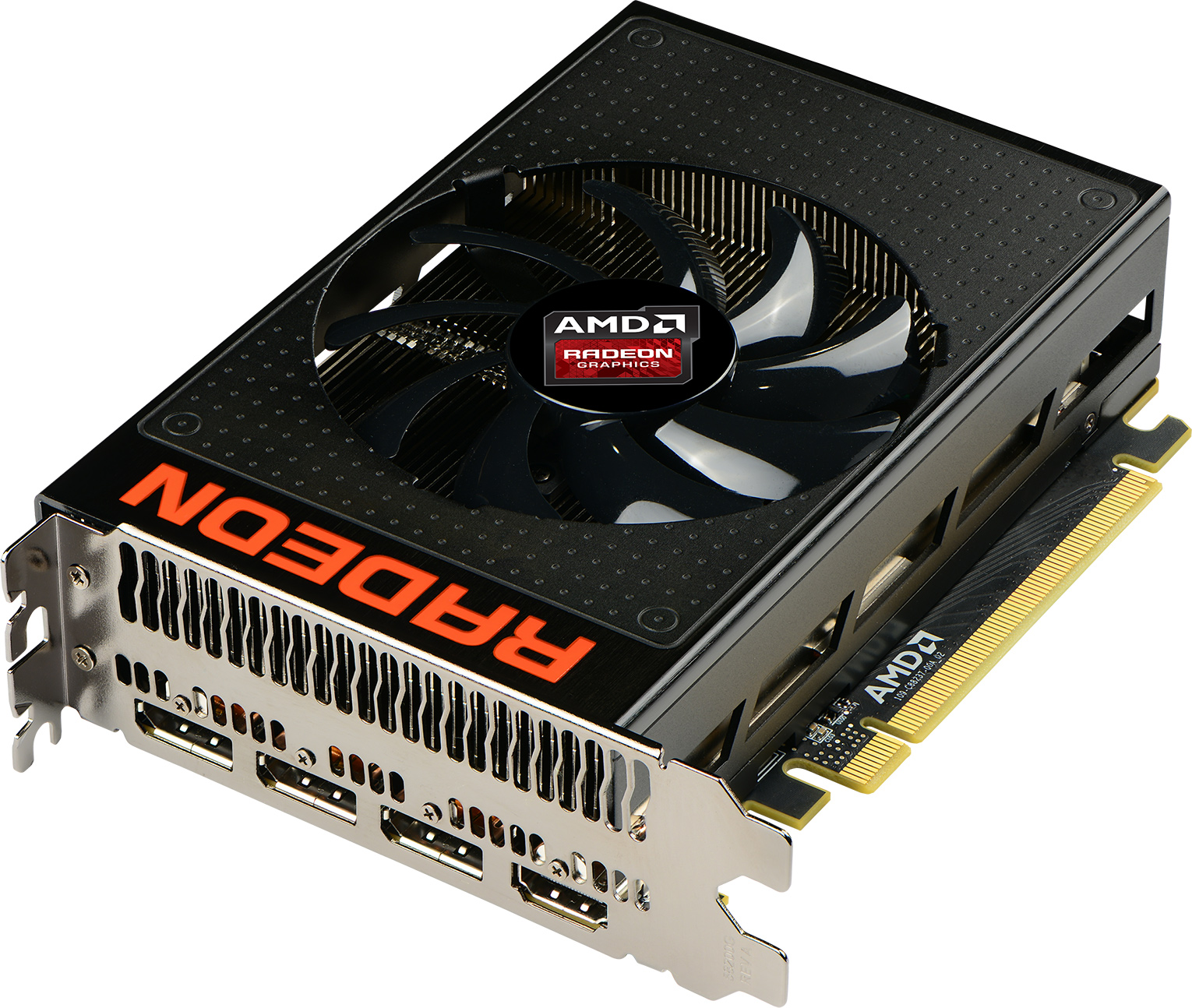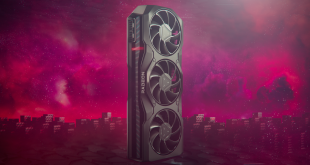Even though Advanced Micro Devices will allow its partners to build their own versions of AMD Radeon R9 Nano graphics cards, it will not let them significantly alter specifications of such graphics adapters. As a result, the difference between the original Radeon R9 Nano and custom versions from AMD’s partners will be minimal.
In about three months from now Advanced Micro Devices will allow its partners to build custom versions of Radeon R9 Nano graphics adapters. The only thing that AMD’s partners will be allowed to modify is the cooling system of the product. Producers of graphics adapters will not be able to increase clock-rates of their Radeon R9 Nano or significantly adjust printed-circuit boards, reports Expreview web-site.
Custom versions of AMD Radeon R9 Nano will have to preserve form-factor of the graphics card and should be compliant with mini-ITX standards. Thermal design power of partner’s Radeon R9 Nano graphics cards will have to be the same as TDP of AMD’s version.
AMD Radeon R9 Nano-based graphics boards from AMD’s allies will use fully-fledged “Fiji” graphics processing units with 4096 stream processors, 256 texture mapping units, 64 raster operations pipelines and 4096-bit HBM memory bus.
Discuss on our Facebook page, HERE.
KitGuru Says: It looks like custom versions of AMD Radeon R9 Nano will not be significantly different compared to AMD’s own graphics adapter. What we can expect are graphics adapters with hybrid or liquid cooling systems, which will have higher overclocking potential than AMD’s own Radeon R9 Nano. Keeping in mind that “Nano” graphics cards have different voltage regulator module compared to AMD Radeon R9 Fury X, even modified “R9 Nano” graphics adapters with advanced cooling systems will not have overclocking potential on par with the top-of-the-range product.
 KitGuru KitGuru.net – Tech News | Hardware News | Hardware Reviews | IOS | Mobile | Gaming | Graphics Cards
KitGuru KitGuru.net – Tech News | Hardware News | Hardware Reviews | IOS | Mobile | Gaming | Graphics Cards





They can do or don’t do what they want, at that price it ain’t gonna sell! At this price-point then AMD are getting shat on from a great height with the aftermarket 980Ti’s!!!!
LOL $650 for this? This thing will perform +/- 5% from a GTX970 and that card costs $300 and you can get the mini itx version. This must be a big joke from Lisa Su to try and kill AMD so no one can succeed her.
That Tom’sHardware review of the power levels of Fury-X shows that adjusting the power limit by -50% resulted in around 100W less for the total card, which is where Nano stands.
http://www.tomshardware.com/reviews/amd-radeon-r9-fury-x-power-pump-efficiency,4215.html
Factory overclocked Nanos would be pointless without the power delivery of Fury-X cards. It makes more sense to try pushing Fury-X models, not Nano. Nano is refined, it isn’t supposed to go anywhere else without external modded help.
But the TechPowerUps review of Fury-X overclocking shows that pushing the memory clock has a greater impact than the GPU clock (marginal power consumption increase for performance).
https://www.techpowerup.com/reviews/AMD/R9_Fury_X_Overvoltage/2.html
This is “duh” to me, since HBM was the whole point at making an otherwise weak GPU competitive with nVIdia’s powerful GPU coupled with lower bandwidth GDDR5. So overclocking the 28nm Fiji won’t do anything for performance but raise the power consumption to insane levels.
Likewise, with nVidia, it is better to overclock the GPU than the memory clock; even aftermarket 980 Ti’s keep the 7GHz GDDR5. This could explain the criticism Fiji gets about not overclocking well, since people’s only reference is how well Maxwell does, they don’t expect to look to AMD’s HBM overclocks to handle everything.
That all being said, perhaps if AIB partners overclocked the HBM of Nano, they would improve performance without breaking the power levels too much. I’d like to think they thought of it, and AMD still won’t let them.
How can you be surprised at the price? AMD is still using a full-flagship Fiji die, same as Fury-X, so the tradeoff is either the liquid cooler or the small size, same price. I highly doubt that if nVIdia made a micro card using GM200 with a full 3072-CUDA, that it would be cheaper than 980 Ti.
You’re making a typical form factor mistake where you think a smaller card must be cheaper regardless of what’s on board. If there was a further cut-down of Fiji from Fury’s 3584-sp, then only I’d agree the price is nuts.
The GTX970 will be annihilated by the Fury-based Nano in DX12. It will look like a professional Mixed Martial Arts fighter beating up a 5 year old. Dream on.
I thought the top line products were poor overclocker.
So kinda stupid statement about the nano then.
EXTRA $350……thats an extra GTX 970 for SLI
(Not that most small form factor builders would be doing that)
JOBs AT HOME SPECIAL REPORT………After earning an average of 19952 Dollars monthly,I’m finally getting 98 Dollars an hour,just working 4-5 hours daily online….It’s time to take some action and you can join it too.It is simple,dedicated and easy way to get rich.Three weeks from now you will wishyou have started today – I promise!….HERE I STARTED-TAKE A LOOK AT…..mn……
➤➤➤➤ http://applygooglejobsmediacareersonline/start/earning/…. ⚛⚛⚛⚛⚛⚛⚛⚛⚛⚛⚛⚛⚛⚛⚛⚛⚛⚛⚛⚛⚛⚛⚛⚛⚛⚛⚛⚛⚛⚛⚛⚛⚛⚛⚛
So you’re saying the Nano will be at least 50% faster than the GTX970? Ok i’ll hold you to that and respond when benchmarks are released. I estimate 5-10%.
I could make the same argument for 2 R9 290s in crossfire vs. a single GTX680Ti. That’s not a valid argument, because we all know that people will pay more for a faster single card than two cards in SLI/Crossfire.
No, you’re putting words in my mouth. I never said 50%, I said it will be faster. You’re the one who specified a percentage and tried to attribute it to me.
What do you classify as annihilated? 15%? You made it sound like the Nano has a power gap similar to the Titan X vs the GTX970.
You have actually read the R9 Nano will have a “fully-fledged Fiji graphics processing units” right? Aka it’s a R9 Fury X at slightly lower clocks. So in what world is a 970 at +/- 5% to R9 Fury X? The Fury X sits right between a 980 and a 980 Ti. So I predict the R9 nano should be a about the same. Basically you get a Fury X in a small form factor with only 175W TDP. It’s an improved Fury X (TDP wise) and you expect to get it for $300.
Most clients do not care about die size, shaders count etc. What they care is price, performance, eventually noise levels and power consumption. NV is better in these metrics.
peasant
You’re missing my point, I’m not talking about what customers prefer, I’m talking the business perspective: AMD’s choice of not cutting down the Fiji die reflects in it’s price.
Imagine if nVidia remade 980 Ti half-sized, but charge the same $649 MSRP because the premium IS for the size alone, they aren’t going to make it cheaper and risk cannibalizing 980 Ti.
lol wow so a $650 card will annihilate a $320 card… maybe, in the future? Amazing, watch out nvidia
GTX 980 Ti vs. Fury Nano :
GTX 980 Ti has a little more performance (the only advantage compared to Fury Nano)
Fury Nano meanwhile, it’s smaller, cheaper (Nano is 600€ here but GTX 980 Ti is 900€) and Nano is also lesser power consumption, TDP is only 175 while 980 Ti’s is 250.
So, no, the GTX 980 is not superior, it’s huge compared to the Nano so it doesn’t fit into all cases, it’s a lot more expensive and it’s also more expensive.